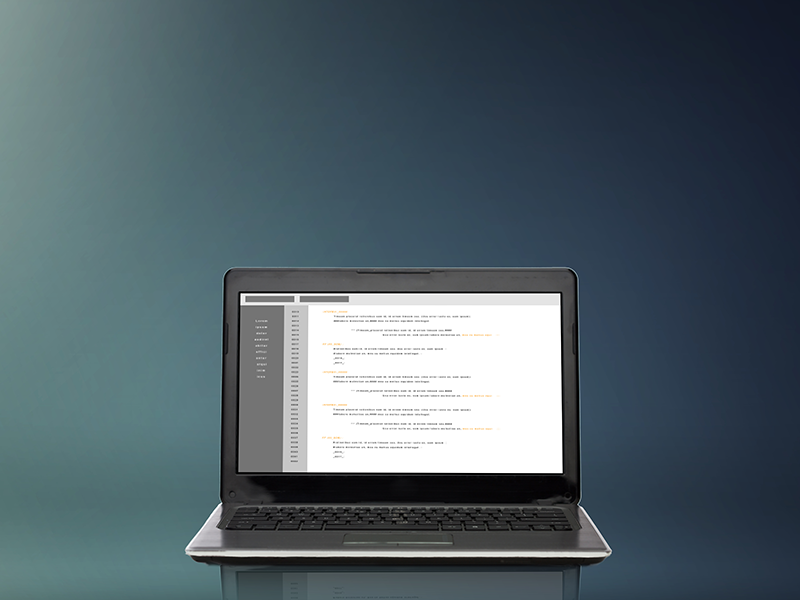Prosecution carrying out a U.S. Patent Office has issued one further Office action is bound. Each time a final Office Action has issued, an applicant is not titled to help unrestricted prosecution across the merits, must be right. This can be really caused by the Office’s policy of compact prosecution.

The restricted nature of after final practice has some not minor ramifications. For instance, the amendments in a Amendment After Final are really suggested changes fot it application, aside from limited conditions. And, entry of individuals suggested changes is usually inside the Examiner’s discretion, with direction from Patent Office rules and guidance inside the Manual of Patent Analyzing Procedure (MPEP).
The Rules along with the MPEP
The rules along with the MPEP produce a conceptual hierarchy for the entry of after final responses. Section 714.13 within the MPEP, titled “Amendments along with other Replies After Final Rejection or Action,” provides that except where an amendment just cancels claims, adopts examiner suggestions, removes issues for appeal, or even differently requires just an over-all review using the examiner, compliance with the advantages of a showing under 37 CFR §1.116(b)(3) is anticipated in lots of amendments after final rejection.
And, 37 CFR §1.116(b)(3) needs a showing of “good and sufficient reasons” why the amendment after final rejection is (1) necessary and (2) wasn’t earlier presented. Normally made available, the MPEP instructs the “refusal to go into the suggested amendment shouldn’t be arbitrary” which must be given “sufficient shown to determine whether the claims come in condition for allowance and/or issues on appeal are simplified.” MPEP 714.13(II).

Part (b) of 37 CFR §1.116, titled “Amendments and affidavits or any other evidence after final action and just before appeal” provides that
(b) Transporting out your final rejection or any other final action … in a application … :
(1) An amendment might be made canceling claims or submission with any reliance upon form particularly established in the last Office action
(2) An amendment presenting rejected claims in better form for consideration on appeal might be recognized or
(3) An amendment touching the merits within the application or patent under reexamination might be recognized upon a showing of proper and sufficient primary explanations why the amendment is essential also it wasn’t earlier presented.
Regrettably, neither the MPEP nor 37 CFR 1.116 provide any examples, standards, or any other guidance by what constitutes “good and sufficient reasons.” And, this really is frequently a substantial standard. Indeed, the Patent Office’s own electronic filing system (EFS-Web) tutorial wholly ignores the opportunity of the presence of “good and sufficient reasons,” counseling the Amendment After Final “won’t be grew to become part of whether it requires another search or even more than an over-all review.”
Additionally, section 714.13 (II) within the MPEP instructs Examiners to advise an applicant when: (1) many places from the amendment may be acceptable as putting a few in the claims in better form for appeal or submission with objections or needs regarding form, in situation your separate paper were filed containing only such amendments and/or (2) suggested amendment(s) with a handful of in the claims would render them allowable.





